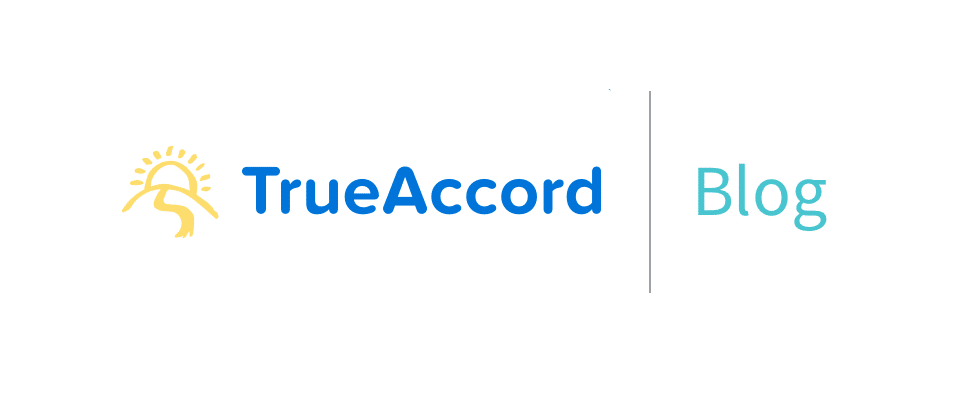
We’re all about innovation at TrueAccord, and so were pleased to find this article from AccountsRecovery.net titled “Industry Experts Share Tips On How Agencies Should Modernize“. We were a bit surprised to find old ideas reiterated, with a focus on problems and compliance challenges rather than solutions.
This study was sponsored by Castel, a provider of solutions to call centers; furthermore, the experts interviewed have built successful businesses using call center technology. Therefore the focus on call solutions makes sense. We also understand that the TCPA is vague, that consent is an issue and that consumer attorneys are putting compliance teams on edge. As a licensed agency, we’re in the same boat. However times are changing, and it’s high time that we embrace the change.
What technology solutions is the discussion raising? Mostly solutions to manually dial phone numbers, maybe a way to place a voice mail without a ring. The discussion offers little other options other than the iterated duo: those who don’t believe in technology, and those who deem it too risky.
The school of “technology won’t work”
The collection industry has been around for decades, and many of the businesses that comprise it were started long ago by “old school” collectors. That’s why the following quote didn’t surprise us.
“We’ve looked at technology like online chat interface,” said Christian Lehr with Healthcare Collections in Phoenix. “But we haven’t moved forward because it’s a business decision, not a compliance decision. I’m not sure it is the best way to serve the consumer. Much like with emails or text messages, it can be hard to understand context. And there is a time lag for communication. We may be able to serve the consumer faster on a phone call.”
As a company that uses machine learning to develop hybrid collection systems that collect better than call centers, we understand the sentiment but beg to differ. We also have the data to back this disagreement. Not only are email, text and website more effective for collections (from 30% better to 5 times better for low balance debts), consumers prefer them. More than 50% of TrueAccord’s traffic is from mobile devices; more than 35% of payments are made on a mobile device; 25% of interactions with our system happen in non-FDCPA hours. If this isn’t a “better way to service customers”, what is?
The school of “we need permission”
Collectors have been trained by regulators and lawyers to be very compliance minded. This makes them pessimistic about any new technology that hasn’t been tested by courts and lawyers. We hear a lot of the following from agency leaders.
“The only way we can move forward and success is to embrace technologies that are available to us,” Strausser said. “We should be looking at contemporary means of communication and exploring how to pull the trigger when and we are granted approval.”
We’d like to challenge this approach from two directions.
First, when thinking about texting and emails, compliance minded collectors are worried agents on the floor are going to abuse these new tools. However email and texts can be pre-written, optimized, and sent at exactly the right moment. They actually present a much stronger compliance framework when handled properly.
Second, collectors won’t adopt new technologies without explicit approval form the CFPB, but hold on to old call center technology even though the FTC clearly signals it’s all but forbidden. Is explicit approval, which the CFPB rarely provides, the thing to stop us – or can we have an honest analysis of the FDCPA to show us what reasonably can and cannot be done? Are we holding on to old and challenged technology due to inertia?
Bottom line: progress
There is much to do in debt collection. Consumer expectations, client requirements and regulatory pressure are mounting. The right thing to do is take a hard look at the old ways of doing business, and realize that the days of hiring to fight turnover and living off thin margins are almost over. Technology can help us service consumers at scale, provide great customer service, and get results that are better than anything we’d forecast based on old paradigms. We are excited to partner with some of the biggest financial institutions in investigating this possible future.